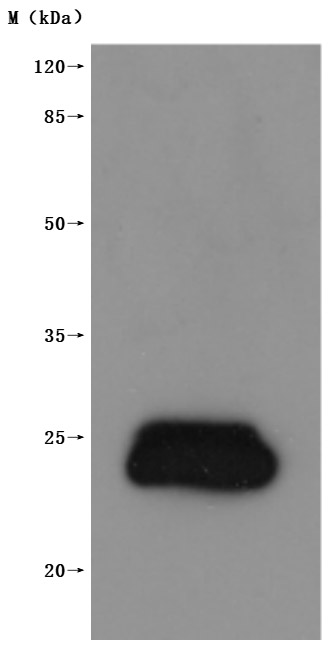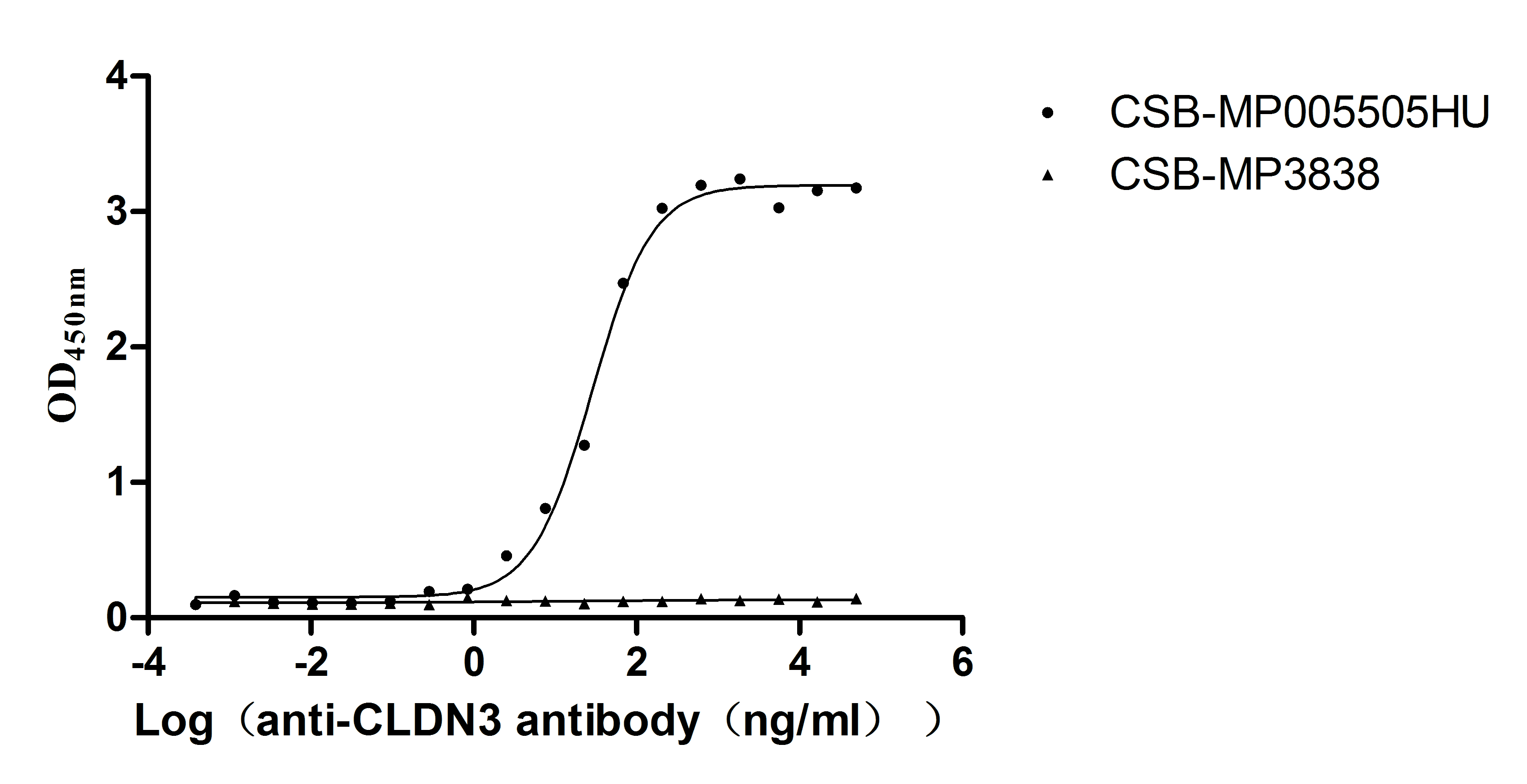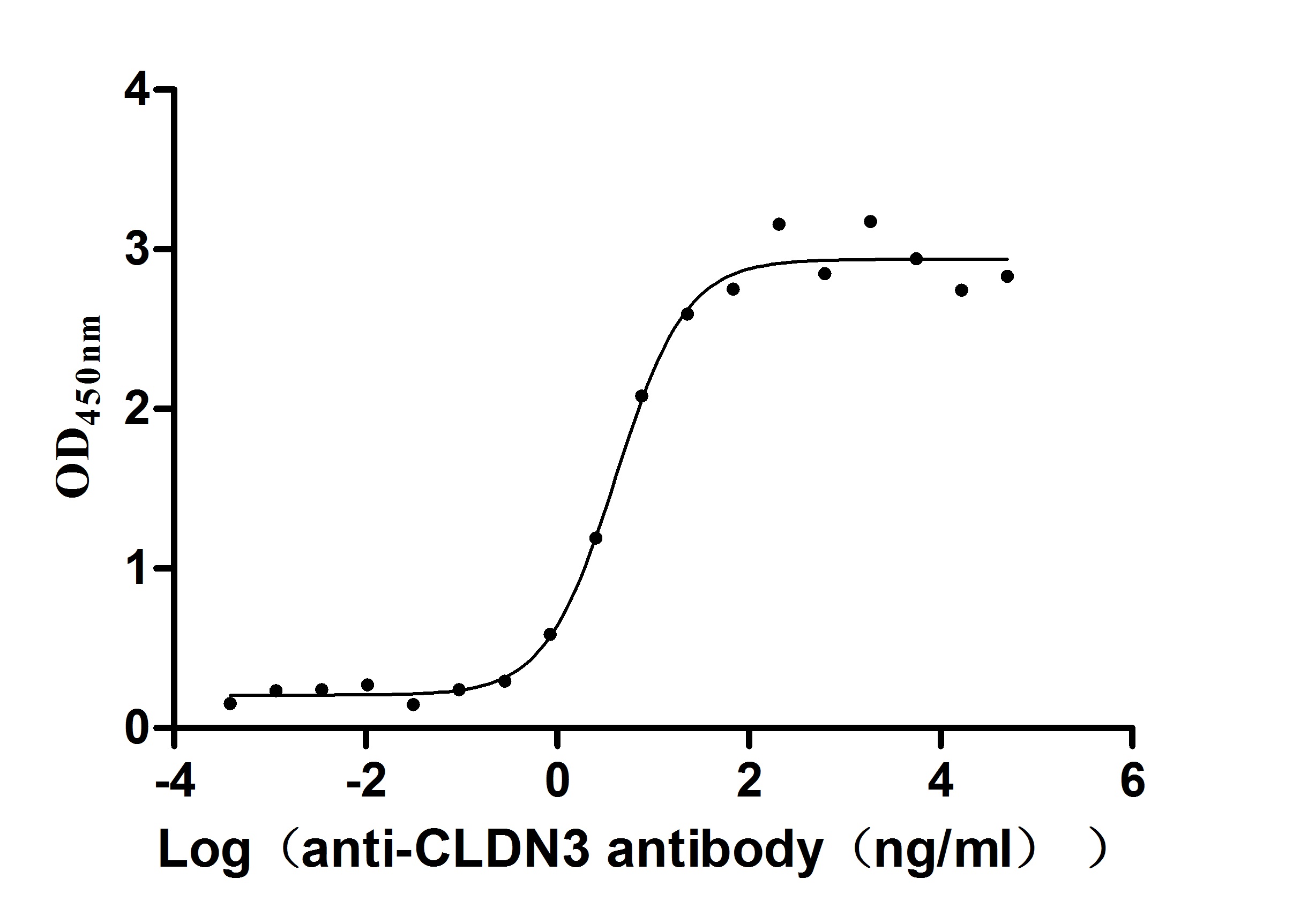This Human CLDN3 recombinant protein was produced in mammalian cell, where the gene sequence encoding Human CLDN3 (1-220aa) was expressed with the C-terminal 10xHis-tag. The activity was validated.
In addition, this recombinant Human CLDN3 protein was developed through the Virus-Like Particles (VLPs) Platform. It is a 4-pass transmembrane protein.
Claudin-3 (CLDN3) is a member of the Claudin tight junction protein family and an important protein molecule that forms the tight junction between cells. It plays an important role in forming the blood-brain physical barrier of tight junctions and maintaining the stability of the cellular environment. Recent studies have found that signaling molecules such as zinc finger transcription factor and epidermal growth factor are involved in regulating the gene expression of CLDN3, and the abnormal expression of CLDN3 protein is closely related to the occurrence and development of various malignant tumors.
CLDN3 has three interrelated biological properties: barrier function, palisade function and signal transduction function. Tight junctions consist of a branched network of closed cables, each acting independently of the others. The ability of tight junctions to prevent the passage of ions increases exponentially with the number of closing cords. Each occlusal cord consists of a row of transmembrane proteins embedded in two plasma membranes, and the extracellular domains of the proteins make them directly associated with each other.






